The hoax perpetrated on the public by a number of authors over the years were based on myths that can easily be dispelled.
Myth – The Shinnecock Indians resided in Amityville.
Fact – The Shinnecock Indians resided nowhere near Amityville. Besides, all of the Indians on Long Island were part of the Montaukett nation. It was the Europeans who placed names on the inhabitants of the local areas. Regardless, the Massapequans were the group that would have most likely visited Amityville. (Information courtesy of the Montaukett Nation).
Myth – 112 Ocean Avenue was an Indian sanitarium where the mad and dying would be left exposed to the elements to die.
Fact – There is no record that there ever was an Indian burial ground or a sanitarium on Ocean Avenue. According to Long Island Native American expert John Strong, author of We Are Still Here, many Indian groups lived along the tidal bays in the area, but as far as the claims about the Native Americans made in Jay Anson’s The Amityville Horror, he insists that it leads him to believe it was all an entertaining hoax. Representatives of the local Indian population personally took author Ric Osuna to several abandoned Indian cemeteries that are right outside of the Village of Amityville. Sadly, these grounds are now used as dumping areas. Regardless, these native peoples’ oral histories are quite amazing, so if a burial ground would have existed, then they would have known about it. Besides, these native people were a kind and gentle people, so it is absurd to think that they would leave anyone out, exposed to the elements to die or curse a land. Rather, they took care of their sick, dying and mentally insane and even showed the European settlers how to do the same. (Information courtesy of the Montaukett Nation)
Myth – A witch named John Ketchum escaped from Salem, Massachusetts, during the witch trials and built his house on or near the famous Amityville house to continue his devil worship. It is reported that his body is buried on or near the property of 112 Ocean Avenue.
Fact – A prominent citizen named John Ketchum did return from Ipswich, Massachusetts (a community near Salem), and settled in Huntington Township on Long Island. While in Massachusetts, this John Ketchum acted as a representative to the local government there before returning to Long Island where some of his family resided. He eventually became a prominent figure in Huntington before his death in 1697. He was survived by his wife Bethia and four children, John, Samuel, Edward and Mary. Huntington Township, it should be noted, is more than 10 miles from Amityville. Lastly, the Ketchum family has no information regarding any John Ketchum being a witch. (Information courtesy of the Ketchum Genealogy Organization).
Myth – The famed Amityville house resides on an ancient cemetery that was either abandoned or cursed.
Fact – In 1913, William A. Eardeley was commissioned by the state of New York to copy down old cemetery and bible records because many of the Amityville cemeteries were either abandoned or neglected. These cemeteries were either moved or relocated to bigger incorporated cemeteries. However, there was no report or indication of any cemetery residing on or near the famed property. (Information courtesy of the Amityville Historical Society and New York State Records on Cemeteries).
Myth – The owners of the original house at 112 Ocean Avenue had to move their house down the street because they were plagued with supernatural problems.
Fact – John Moynahan purchased the property at 112 Ocean Avenue from Annie Ireland in 1924. Within a year, the Moynahans needed a bigger home because, like most families, theirs grew in size. While their new home was being built, they moved their small cottage (see image below) down only a matter of a hundred yards and lived there until the construction was completed. (Information courtesy of the Amityville Historical Society).

Myth – The red room was the gateway to hell.
Fact – The red room was nothing more than a little area underneath a stairwell that the DeFeo children sometimes stored their toys or used as storage. Today, it no longer exists since a subsequent owner had renovated the basement and constructed over it. Furthermore, author Ric Osuna was granted access to the home before publication of his book. The basement had, indeed, underwent an extensive renovation. Absent was anything remotely supernatural or red.
Myth – American International Pictures’ The Amityville Horror movie could not be filmed in the real house because the crew was too scared.
Fact – The Village of Amityville viewed the ghost story as a hoax and did not want a film crew in their sleepy community, so they denied shooting permits. (Information courtesy of the Village of Amityville).
Myth – Kathy Lutz has three dreams in The Amityville Horror about Louise DeFeo. First, Kathy Lutz wakes up screaming because she saw that Mrs. DeFeo died by a gunshot wound to the head. “She was shot in the head,” Kathy screamed in the film! A second dream in Anson’s novel consisted of Mrs. DeFeo’s body being removed from the DeFeo plot at St. Charles Cemetery and re-entombed in Brooklyn. The last dream also in the novel consisted of Mrs. DeFeo making love to the painter of the DeFeo portraits.
Fact – First, Mrs. DeFeo died from two gunshots to the upper body and not a head or neck wound, even though Louise DeFeo’s head seems to be near blood splatter in crime-scene photos. Second, the Brigantes never moved Mrs. DeFeo’s body from the family plot because they wanted Louise with her children. This was confirmed in a records search of the cemetery by author Ric Osuna. Lastly, there is no evidence of an affair. Besides, Mr. DeFeo constantly checked up on Louise with the “red phone” that only he knew the number to since he was always so paranoid. Furthermore, William Weber admitted in a July 27, 1979 Associated Press interview that while discussing their business venture, Kathy concocted the nightmare idea about Louise DeFeo. (Information courtesy of public records).
Myth – The 250-pound front door of the house was inexplicably torn off its hinges. And, a locksmith was called out to repair the door.
Fact – The photo below shows the screen door, not storm door or front door as originally explained, torn off its hinges. With the gusty winds coming off the Great South Bay, a measly screen door can easily be damaged. (Information courtesy of Newsday).
Myth – The Catholic Church is hiding evidence that “something” existed in the Amityville house.
Fact – Father Ralph Pecoraro admitted that his only contact with the Lutzes was a phone call. Questions remain whether or not he even ventured to the famed residence in Amityville. The assistant to the Vicar General of the Rockville Diocese (The diocese overseeing Amityville), on May 15, 2002, sent author Ric Osuna a letter stating their position. In short, the letter stated, “The Diocese maintains [the Amityville Horror] is a false report.”

In the March 1979 issue of Writer’s Digest, Anson addressed the inconsistencies by saying, “Yeah, I know the psychical research people say I have made mistakes. They say that on such and such a day when I said it rained, it didn’t rain. So what? I am a perfectly normal human being, and sometimes I make mistakes.”
Many of the so called truths and facts stated in Jay Anson’s The Amityville Horror were anything but that. Take away all of the “facts” presented in the horror novel that appear on this page, then readers should begin to question how his book could be labeled a work of nonfiction.


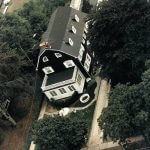
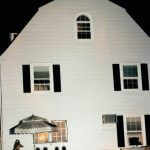

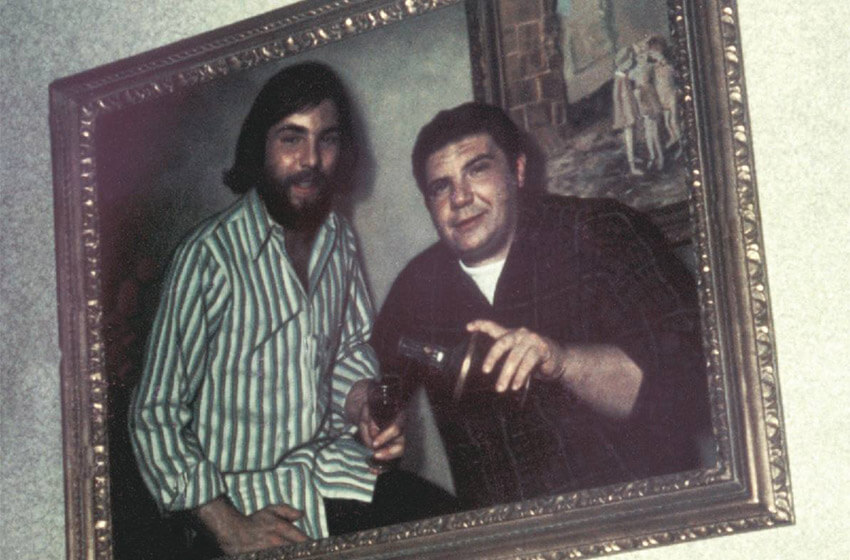
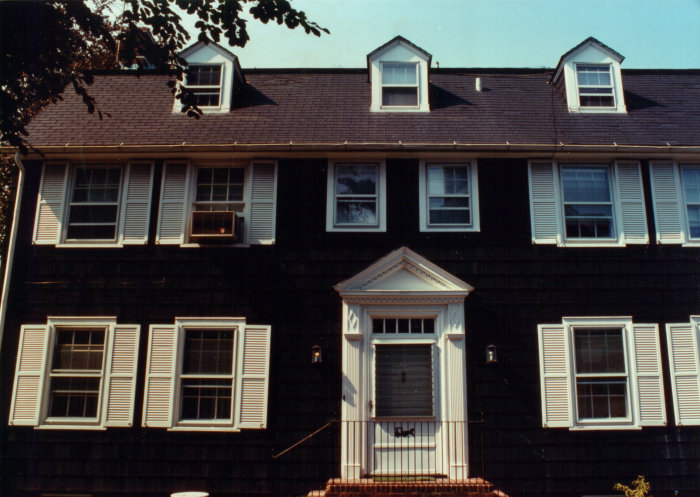

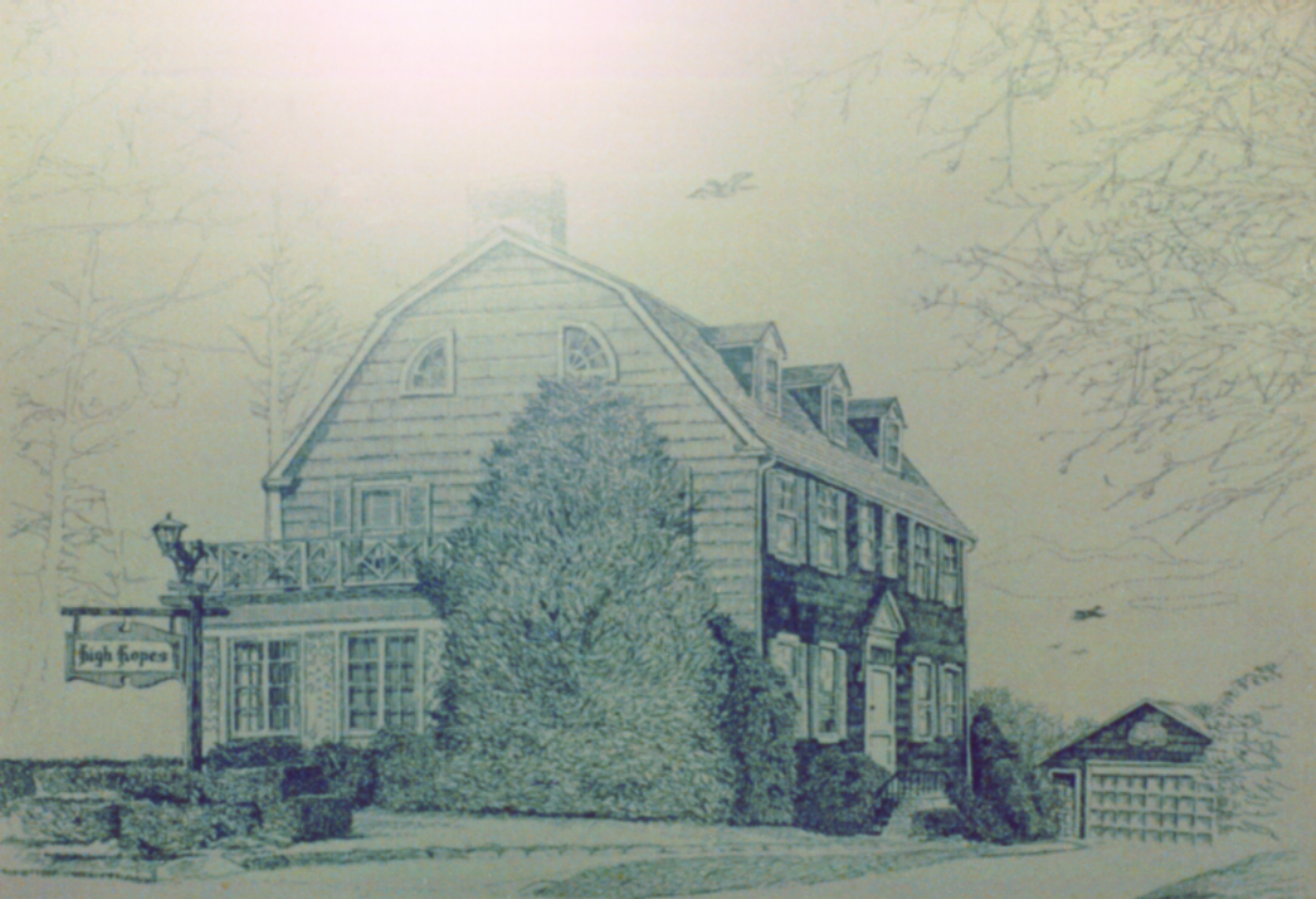
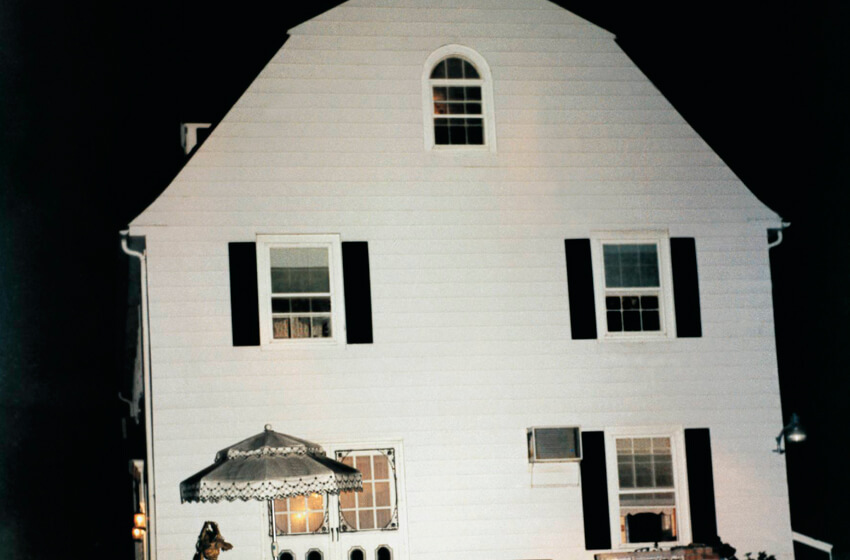


THE AMITYVILLE MURDERSSocial Media